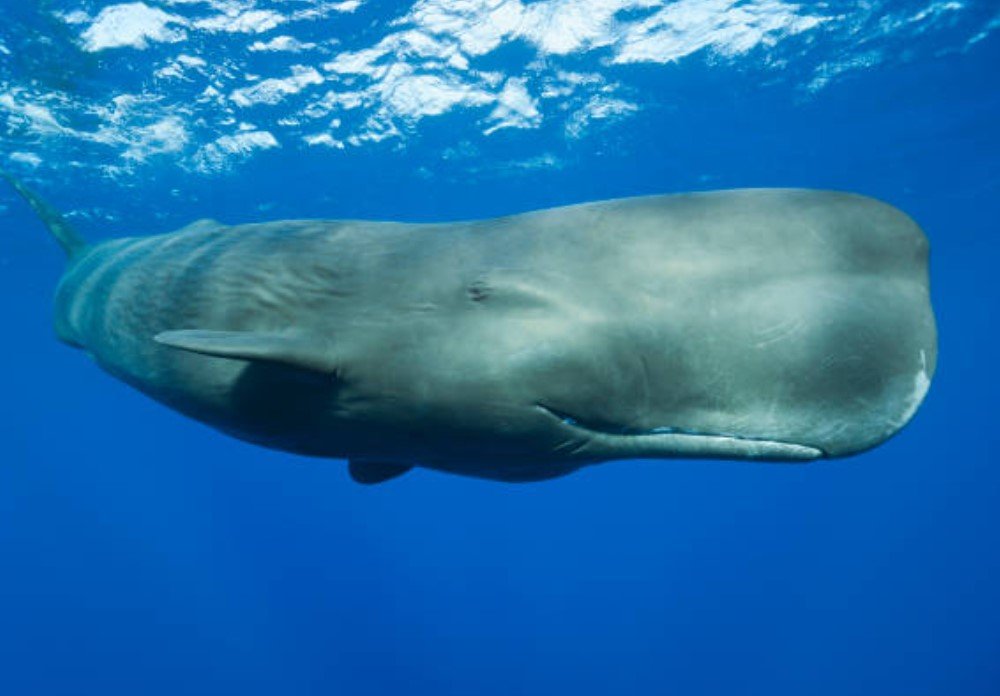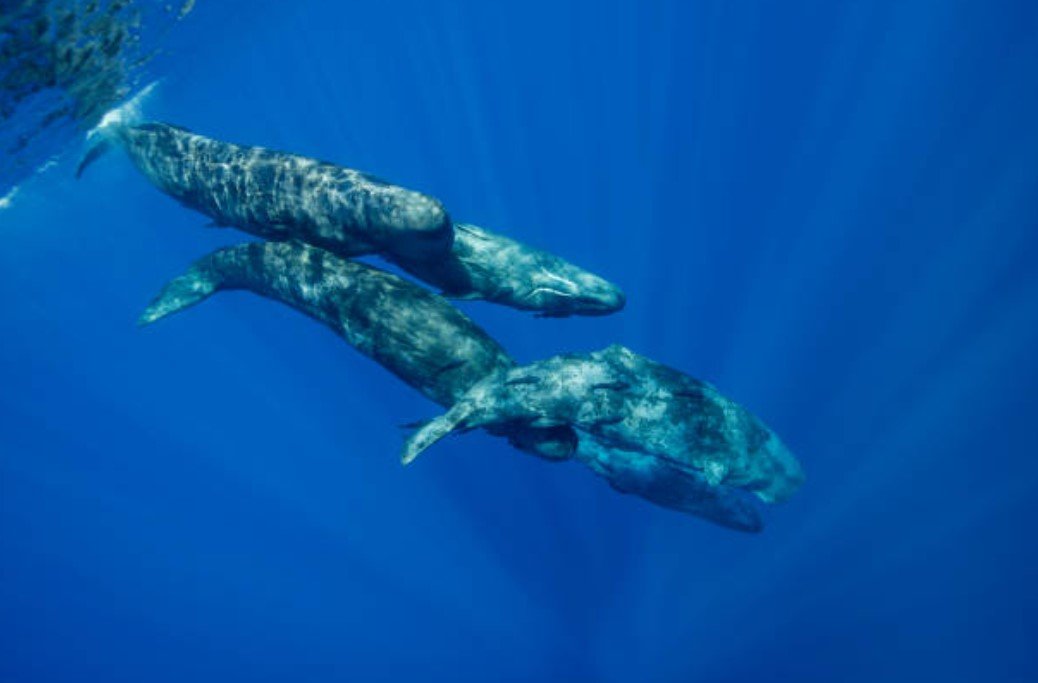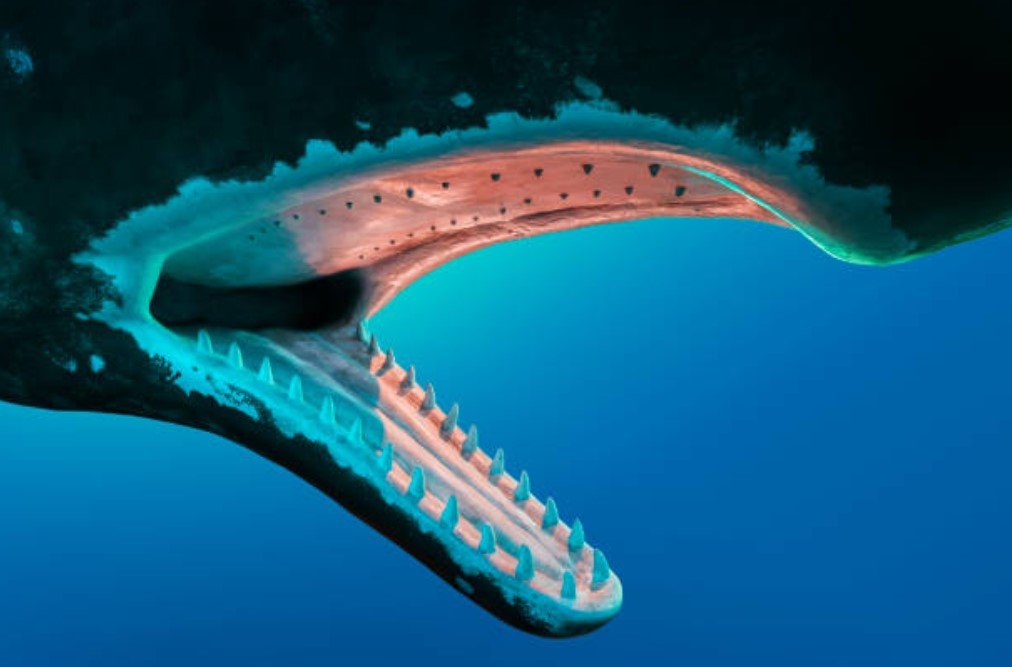Animals
Why Russians Call it Kashalot: All About the Sperm Whale

The sperm whale is one of the most well-known and easily recognised marine mammals in the world. In English, it is called the sperm whale, but in Russian, it is known as the “kashalot.” This difference in naming is not just a language change. It also reflects the history, science, and culture related to how people view this large sea creature. This article will explain the meaning of the word “kashalot,” the biological facts about the sperm whale, and how the name is used in the Russian language.
| Common Name | Sperm Whale |
| Russian Name | Kashalot (кашалот) |
| Scientific Name | Physeter macrocephalus |
| Average Length | Males: up to 20 meters (66 feet); Females: up to 12 meters (39 feet) |
| Average Weight | Males: up to 57,000 kg (125,000 lbs); Females: about 15,000 kg (33,000 lbs) |
| Lifespan | Up to 70 years |
| Habitat | Deep oceans worldwide |
| Diet | Mainly squid, including giant squid |
| Teeth | Teeth only on the lower jaw |
| Diving Depth | Can dive over 1,000 meters (3,280 feet) |
| Dive Duration | Up to 90 minutes |
| Social Structure | Females in pods, males often solitary |
| Special Features | Largest brain of any animal; uses echolocation for hunting |
| Conservation Status | Vulnerable (IUCN Red List) |
| Main Threats | Ship noise, plastic pollution, and entanglement in fishing gear |
What Does Kashalot Mean?
In Russian, the word “кашалот” (pronounced kashalot) is used to describe the same animal that English speakers call the sperm whale. The origin of the word is believed to come from either the French word “cachalot” or from old Portuguese. The exact root is not fully agreed upon by language experts, but many believe it may have originally referred to the whale’s large head and teeth.
Over time, the word “kashalot” became the standard term in the Russian language. It is used in schools, science books, zoos, aquariums, and documentaries. Russians do not use the English term sperm whale. Instead, kashalot is the accepted and correct name in their vocabulary.
Basic Facts About the Sperm Whale
The sperm whale is the largest toothed whale on Earth. It can grow up to 20 metres long and weigh up to 57,000 kilograms. Males are larger than females. They have a massive head that takes up about one-third of their body length. Inside the head is an organ filled with a waxy substance called spermaceti. This is where the English name “sperm whale” comes from, even though it has nothing to do with reproduction.

A pod of sperm whales in a social grouping, Indian Ocean, Mauritius. Image Source: Getty Images
These whales are known for diving deep into the ocean to find food. They can dive over 1,000 metres and stay underwater for more than an hour. Their main food source is squid, including giant squid. They use echolocation, which is a way of using sound to find objects in the dark ocean.
Sperm whales have teeth only on the bottom jaw, and these fit into sockets in the upper jaw. The teeth are not always needed for eating, but they can be used in fights or defence. These animals are found in oceans all over the world, mostly in deep waters far from the coast.
Historical Use of the Word Kashalot
In Russia and other countries that speak Russian or related languages, the word kashalot has been used for hundreds of years. During the 18th and 19th centuries, whale hunting was a major industry, and kashalots were often targeted. Their oil was used in lamps and machines, and their meat and bones had industrial and commercial value.
Books, newspapers, and scientific documents from this time used the word kashalot to describe these animals. The term became common in both formal and everyday use. Even today, Russian children learning about ocean animals in school will be taught the word kashalot, not sperm whale.
How the Kashalot Differs from Other Whales
Kashalots, or sperm whales, are different from other whales in many ways. First, they are toothed whales, which means they have teeth and hunt individual prey like squid or fish. This makes them different from baleen whales, such as blue whales or humpback whales, which use filters to eat small sea creatures like krill.

Close up-teeth of a sperm whale. Sperm whale (Physeter macrocephalus) is the largest of the toothed whales and the largest toothed predator. This image is colorised and is a model. Image Source: Getty Images
Another difference is the way they dive. Kashalots are among the deepest-diving mammals in the world. Their ability to stay underwater for long periods allows them to go to parts of the ocean that other whales cannot reach.
They also have a unique blowhole that is located on the left side of the head, instead of in the centre like most whales. When they come up to breathe, the water spray comes out at an angle. This is one way researchers can identify them at sea.
Social Structure and Behaviour
Sperm whales are social animals. Females and their young usually live in groups, while adult males often live alone or in small groups with other males. These groups are called pods. Within a pod, whales communicate with each other using a series of clicking sounds. These clicks are also used for echolocation to find prey in the deep sea.
Female whales take care of their young and sometimes even help care for the young of other whales in the pod. This shows a level of cooperation and bonding in their groups. Males usually leave their original pod when they become adults and may travel great distances.
Conservation and Threats
In the past, sperm whales were hunted heavily, which caused their population to decline. Today, hunting is mostly banned under international agreements. However, sperm whales still face threats. These include pollution, ocean noise from ships and industrial activity, and the danger of getting caught in fishing nets.
Many environmental groups and scientists work to protect whales, including the kashalot. By studying them and sharing knowledge, people hope to make sure these animals survive for future generations.
Why the Name Matters
Language is important in shaping how people understand the world. The use of the word “kashalot” in Russian-speaking countries reflects a deep cultural and scientific link between people and this ocean animal. Using a local word instead of borrowing the English term allows people to keep their own identity and traditions when learning and talking about nature.
This is similar to how animals have different names in various languages. For example, the animal known as “dolphin” in English is “дельфин” in Russian. These language differences make the world more diverse and interesting. They also show how people from different parts of the world relate to the same natural subjects in their own way.
Using the local term also helps in science education. When students learn about the kashalot animal, they are connecting language, biology, geography, and culture all at once.
Use of Kashalot in Popular Culture
The kashalot appears in Russian books, films, and documentaries. It is often used to represent the deep sea and the mystery of ocean life. Some children’s books feature the kashalot as a character. In educational programs, scientists talk about the biology and behaviour of the kashalot to teach students about marine animals.
The image of the kashalot is also found in museums, aquariums, and even stamps or coins in countries where Russian is spoken. These public displays help keep the word and the animal in public awareness.
Conclusion
The sperm whale is a large and important marine animal that plays a role in ocean ecosystems around the world. In Russian, this whale is known as the kashalot, a word that has been used for centuries. The name may come from French or Portuguese roots, but it has taken on a clear identity in Russian language and culture.
The kashalot animal is one of the deep sea’s most impressive creatures. It can dive to great depths, hunt giant squid, and communicate using sound. It has a unique body structure and plays an important role in science, education, and conservation.
While the English name “sperm whale” is commonly used around the world, the word “kashalot” is still strong and meaningful in Russian-speaking countries. It shows how language and nature are closely connected and how names can help preserve cultural identity while sharing global knowledge.
Check out: 10 Fascinating Facts About Mountain Goats
-

 Social Media2 months ago
Social Media2 months agoWhat the “67” TikTok Meme Really Means
-

 Tech2 months ago
Tech2 months agoWhat To Do When Your Business Faces Network Vulnerabilities
-

 Self Improvement2 months ago
Self Improvement2 months agoUsing BCBS Rehab to Access Quality Addiction Care
-

 Games2 months ago
Games2 months agoPusoy Strategies for Play That Also Work in Pusoy Dos in English






